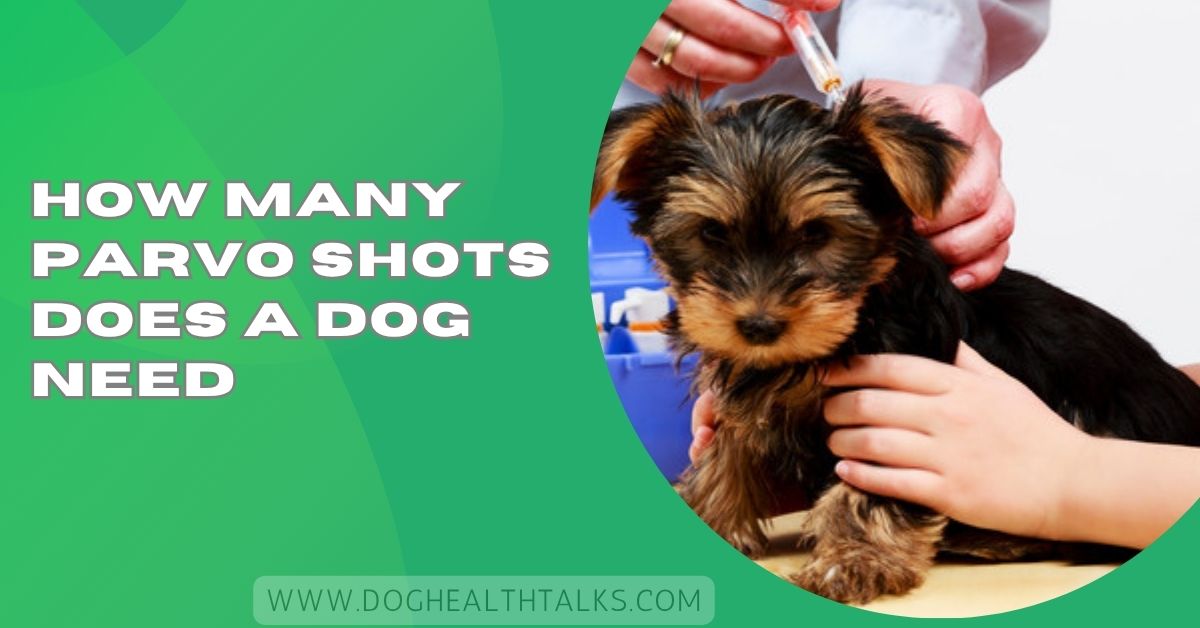Parvovirus, or “parvo”, is one of the scariest words a dog owner can hear. Highly contagious, often deadly in puppies, and incredibly persistent in the environment, parvovirus can wipe out entire litters if left unchecked.
Most puppies require three to four parvo shots, typically administered in multiple rounds during veterinary visits. Puppies receive one shot per visit until they are fully protected, helping to build strong immunity against this dangerous and highly contagious virus.
In this article, we’ll break down the vaccination schedule, explain why multiple shots are necessary, discuss adult boosters, and answer the most common questions owners have about parvo shots.
What Is Parvovirus in Dogs?
Canine parvovirus (CPV) is a highly contagious viral disease that primarily attacks the gastrointestinal tract and, in some cases, the heart.
- Symptoms include: severe vomiting, bloody diarrhea, lethargy, and dehydration.
- Fatality rate: Without treatment, up to 90% of infected puppies may die.
- Persistence: The virus can survive in soil, carpets, kennels, and on shoes for months to years, making outbreaks hard to control.
Because parvo spreads so easily — through contact with infected feces, contaminated surfaces, or even human shoes and clothing — vaccination is the single most effective way to protect dogs.
Why Multiple Parvo Shots Are Needed
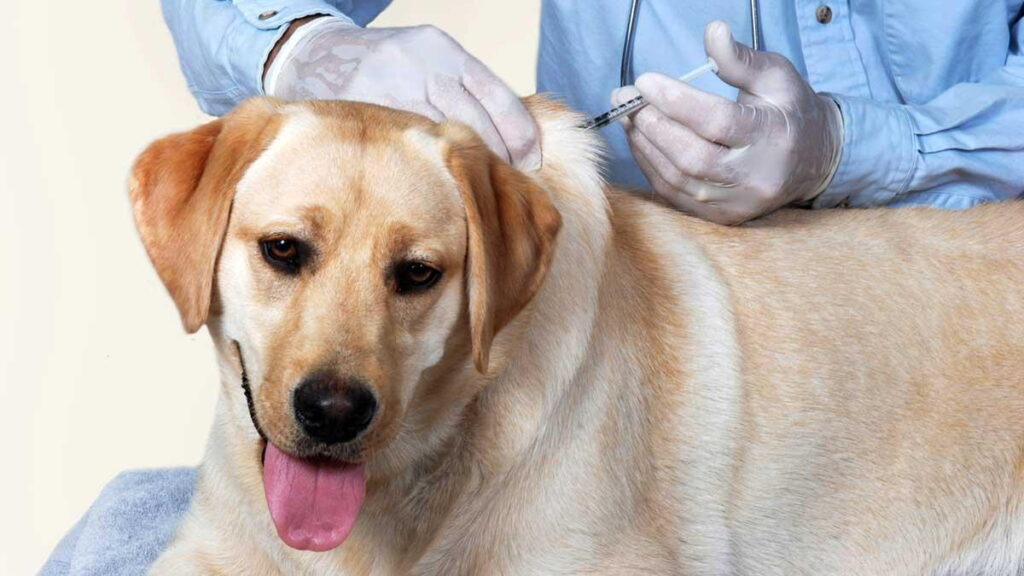
Many first-time puppy owners wonder: “Why can’t my puppy just get one shot?”
The answer lies in maternal antibodies. Puppies get temporary protection from their mother’s milk. These antibodies, while lifesaving early on, can interfere with vaccines, making a single dose unreliable.
That’s why puppies receive a series of shots, usually every 3–4 weeks. This strategy ensures that, as maternal antibodies fade, the vaccine successfully trains the puppy’s immune system.
Skipping shots or ending the series too soon can leave gaps in immunity, putting your puppy at risk.
Puppy Vaccination Schedule
Here’s the typical parvo vaccine schedule for puppies recommended by many veterinarians and organizations like the American Veterinary Medical Association (AVMA) and the American Animal Hospital Association (AAHA):
- 6–8 weeks: First parvo shot (DHPP combo vaccine)
- 10–12 weeks: Second shot
- 14–16 weeks: Third shot
- 16–20 weeks (sometimes): A fourth shot for high-risk puppies
➡️ In total, most puppies receive 3–4 parvo shots before 20 weeks of age.
Chart: Puppy Parvo Vaccination Timeline
| Puppy Age | Parvo Vaccine Dose |
| 6–8 weeks | 1st shot |
| 10–12 weeks | 2nd shot |
| 14–16 weeks | 3rd shot |
| 16–20 weeks (optional, high-risk) | 4th shot |
Only after this series is completed is a puppy considered fully protected
Adult Dog Vaccination & Boosters
Protection doesn’t end with puppyhood.
- At 1 year old, dogs should receive a booster shot to reinforce immunity.
- After that, most vets recommend boosters every 3 years, though some may suggest more frequent vaccination depending on lifestyle and risk.
For example:
- Dogs that travel, attend dog parks, or live in areas with frequent outbreaks may need annual boosters.
- Dogs with lower exposure risk may do fine with the standard 3-year schedule.
Your veterinarian will tailor the schedule to your dog’s needs.
Read Also: How To Strengthen Dogs Nails – Easy Vet-Approved Tips!
What If an Adult Dog Has Never Been Vaccinated?
Adopting a rescue dog or taking in a stray? If you don’t know their vaccination history, assume they’re unprotected.
For unvaccinated adult dogs:
- Two initial parvo shots are given, 2–4 weeks apart.
- Then, the regular booster schedule begins (every 1–3 years).
This “catch-up” approach ensures even older dogs develop strong immunity.
Alternatives & Special Considerations
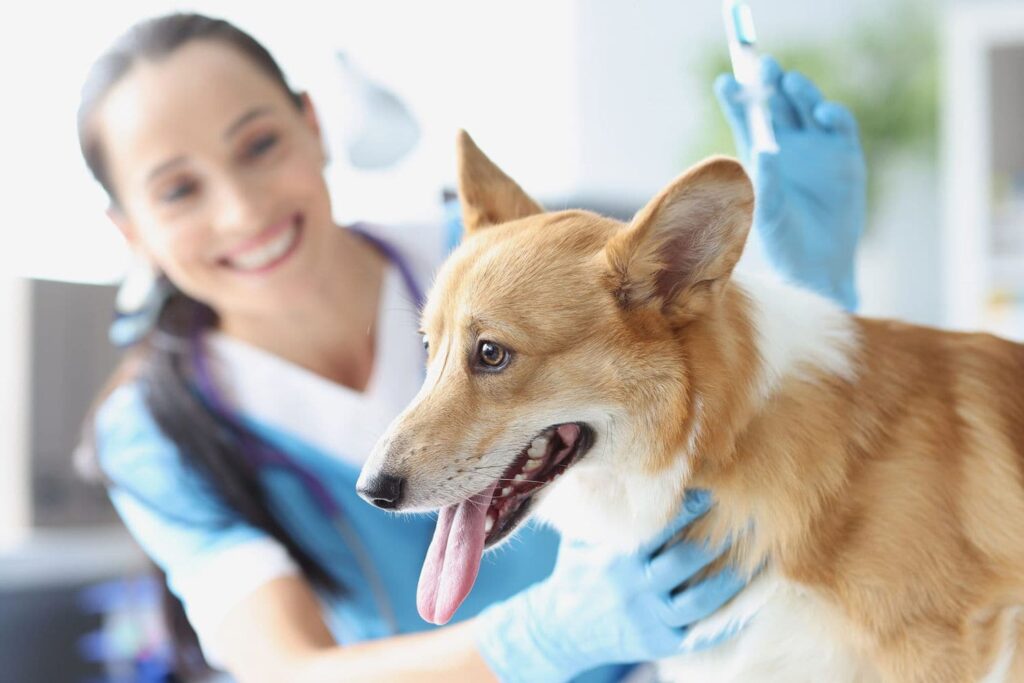
1. Titer Testing
Some owners worry about over-vaccination. A blood test called a titer test measures antibodies against parvovirus. If levels are high, a booster may not be needed.
Pros: avoids unnecessary vaccines.
Cons: more expensive than vaccination, and not all vets recommend it as a replacement.
2. Breed Sensitivities
Certain breeds — like Rottweilers, Dobermans, and American Pit Bull Terriers — are more vulnerable to parvo. Vets often recommend extra diligence in these cases.
3. High-Risk Environments
Shelters, kennels, or dog daycare facilities have higher risks of exposure. Dogs in these settings may follow stricter schedules.
Risks and Side Effects of the Parvo Vaccine
Vaccines are generally safe, but side effects can occur.
Common, mild effects:
- Temporary soreness at injection site
- Low-grade fever
- Sleepiness
Rare, serious effects:
- Allergic reactions (swelling, difficulty breathing)
- Collapse (extremely rare)
Remember: The risk of parvo far outweighs the risk of vaccination.
Read More: Why Do Dogs Chew Their Nails: Comprehensive Guide In 2025!
Parvo Vaccine Schedule
| Puppy Age | Vaccine Dose | Notes |
| 6–8 weeks | 1st parvo shot | First dose, usually given as part of the DHPP combo vaccine. |
| 10–12 weeks | 2nd parvo shot | Booster dose; begins building stronger protection. |
| 14–16 weeks | 3rd parvo shot | Essential for full immunity against parvovirus. |
| 16–20 weeks | (Optional) 4th shot | Given in high-risk breeds or areas with frequent parvo outbreaks. |
| 1 year old | Booster | Important to maintain protection after the puppy series. |
| Every 3 years | Adult booster | Keeps dogs protected throughout their life; sometimes given sooner depending on risk. |
How Do Dogs Get Parvo
Dogs catch parvo through direct contact with infected poop, soil, or surfaces. Even shoes and hands can carry the virus.
Puppies are most at risk because their immune systems are weak. That’s why vaccination is so important—it blocks this deadly, easily spread disease.
Chances Of Parvo After Second Shot
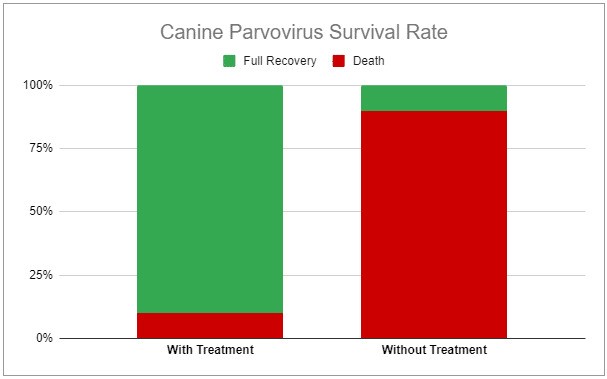
After the second shot, puppies do have some protection, but they aren’t fully safe yet. There’s still a chance of catching parvo until the whole series is complete.
That’s why vets recommend keeping puppies away from public places until final vaccines are done.
How Many Parvo Shots Does A Puppy Need Before Going Outside
Most puppies need at least three parvo shots before it’s safe to go outside. Vets say wait until a week after the last vaccine—usually around 16 weeks old. This gives your puppy’s immune system time to fully protect against the virus outside.
How Many Parvo Shots Does An Adult Dog Need
Adult dogs that had puppy vaccines need one booster at a year old, then boosters every three years.
If an adult dog never had shots, they usually need two doses first, a few weeks apart, then regular boosters to keep immunity strong.
Does The First Parvo Shot Offer Any Protection
Yes, the first shot starts building protection, but it isn’t enough on its own. Puppies still need their next vaccines to stay safe because maternal antibodies can block early immunity. Think of the first shot as a “kickstart,” not full protection yet.
FAQs
Does My Dog Need 3 Or 4 Parvo Shots?
Most puppies need 3 shots, but some high-risk puppies get 4. Your vet decides based on age, breed, and environment.
How Many Parvo Shots Before A Puppy Can Go Outside?
Wait until your puppy finishes all parvo shots—usually three or four—and then give an extra week before outside adventures.
How Often Do Dogs Need To Be Vaccinated For Parvo?
Dogs need boosters at one year, then usually every three years. Vets may recommend sooner if exposure risk is higher.
Can A Dog Get Parvo After One Shot?
Yes, one shot isn’t enough. Puppies aren’t safe until they finish the full series. That’s why boosters are so important.
How Long Does Parvo Live In The Ground?
Parvo is tough—it can survive in soil or surfaces for over a year. That’s why cleaning and vaccines are critical.
Is My Puppy Safe From Parvo After 3 Shots Reddit?
Usually yes, after three shots most puppies are safe. Still, vets recommend waiting one week after the last shot before outings.
Can Dogs Survive Parvo?
Yes, with fast veterinary care. Survival rates are much higher now, but untreated parvo is still deadly, especially in puppies.
How Much Do Parvo Shots Cost?
Parvo shots usually cost $20–50 each. Puppy vaccine packages at vet clinics or shelters often make the total more affordable.
How Long Do Parvo Shots Last?
After the puppy series, parvo shots usually last around three years. Adult dogs then need boosters to keep protection strong.
How Common Is Parvo In Dogs?
Parvo is still very common worldwide, especially in unvaccinated puppies. That’s why vets push vaccination—it saves countless puppy lives.
Conclusion
Parvovirus is scary, but it’s also preventable. With the right vaccine schedule, you can protect your puppy or adult dog from this deadly disease. Puppies usually need 3–4 shots in their first months, then boosters as they grow. Adult dogs need ongoing protection too, either every year or every three years, depending on their risk.
Every dog is different, and your vet is the best guide for the exact schedule. By staying on top of parvo shots, you’re giving your dog the best gift of all — a healthy, happy life free from parvo’s dangers.
👉 Bottom line: Vaccinate on time, follow your vet’s advice, and your dog will have strong protection against one of the toughest viruses out there.
